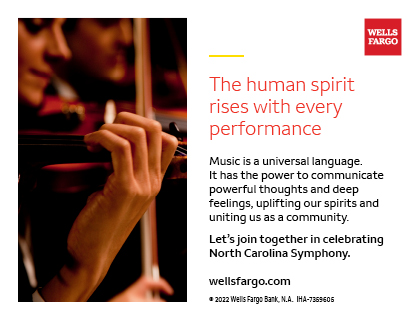Symphony No. 7 in A Major, Op. 92
Ludwig van Beethoven (1770-1827)
THE STORY
The seventh of Beethoven’s nine symphonies is raucous, lively, and energetic, a work that composer Richard Wagner would later call “the apotheosis of the dance.” From the stately trot of the second movement to the free-wheeling gusto of the finale, the Seventh Symphony seems to have taken inspiration from bodily movement.
The Symphony was primarily composed in 1811, though bits and pieces of its musical ideas appear in Beethoven’s sketchbooks as early as 1808. The dance and folk elements may be attributed to another project he was focused on at the same time: the arrangement of a collection of folk songs from Ireland and Scotland. The first movement’s rhythmic pattern sounds remarkably like an Irish jig, and the horns, trumpets, and bassoons in the third movement suggest the drone of bagpipes.
Symphony No. 7 had its premiere in December of 1813 to great acclaim, with the audience demanding that the second movement be performed again. Beethoven himself conducted, with one contemporary reporting that, “… he would crouch down, bending lower as the music became softer… then, he would gradually raise himself until he sprang to his full height. Sometimes… he would shout aloud to the orchestra, without being aware of it.”
LISTEN FOR
- The steady motif of the introduction transformed by flute and violins into the swinging fast section
- The rhythmic pattern of the lower strings in the second movement, over which the composer slowly adds instruments in a masterpiece of orchestration
- Long, droning notes underneath the melodies of the third movement
- The explosive coda at the end of the final movement, marked with the loudest dynamic instruction Beethoven had ever notated: “FFF,” or triple forte
INSTRUMENTATION
Two flutes, two oboes, two clarinets, two bassoons, two horns, two trumpets, timpani, strings

